I acquired my Mamiya 6 MF and all three lenses just under 20 years ago, after deciding against a long-held aspiration of getting a Hasselblad. A decision I haven’t regretted. This compact, travel-friendly camera has produced a big collection of images from around the world that I continue to treasure and share. After a not-too-long period of inactivity due to the predictable move to digital, I have, for various reasons, found myself using this marvel of photographic engineering and design again.
At the same time I have noticed a resurgence in it’s popularity, including among photographers who are new to film, and I have been intrigued by some of the comments about it on various online analogue photography blogs. Among these is quite a noticeable lack of enthusiasm for the 150mm lens by comparison with its much more popular siblings, the 50 and the 75. The 150 sells very cheaply now even in mint condition, while the other two go for well over twice as much each. This surprises me as it’s a lens that has produced some of my best images. And in terms of quality the old Photodo tests substantiate my own observations.
Maybe it’s hard in some situations to nail the focus accurately, wide open and up close, but that’s mostly not been my experience. Whether as a portrait or landscape lens this optic is truly stunning. At 4000dpi my Nikon LS9000 makes a scan around 8700 pixels a side from negatives or transparencies made with the Mamiya 6. The 150mm lens makes images so sharp that I can interpolate them up to 12000 pixels a side, or more, and they still look perfect at 100%. That makes for a pretty decent sized print, especially with today’s commercial printing technology.
The 150mm is also criticised for its insufficiently close minimum focus distance (1.8m), which gives a frame of 56cm (roughly 22 inches) a side, not quite tight enough for a full frame head shot, but that has never bothered me. The head-and-shoulders (or larger) portraits I’ve made with the lens have turned out just fine. It has very smooth bokeh, even when stopped down a bit, especially if you are shooting near minimum focus.
But it’s with landscapes that this lens has really sung for me. Mostly they haven’t been planned, they’ve just happened. The lens suited a particular view in front of me, and the images have more often than not turned out way better than I expected. It’s roughly equivalent to an 82mm lens in 35mm format, which I happen to like as a landscape focal length. The images made with it look very natural but also have something of a ‘3D’ quality. Being a longer lens it’s smart to use it on a tripod wherever possible, focus carefully, and be mindful that it has relatively limited depth of field for a given F-stop, even at infinity. It’s also useful to remember that the Mamiya 6’s in-built meter averages light across a wider view, and can be tricked by a bright sky. So shading the top part of the camera’s viewfinder with your hand in those situations, or using another form of metering, is sometimes a good idea. The leaf shutters of Mamiya 6 lenses will sync with a flash at any speed up to 1/500 (though you don’t get TTL), which makes for a lot of creative flexibility.
Here are five images made in the early 2000s on Provia with the 150mm from the Lihir Island group in New Ireland Province in Papua New Guinea, where I worked for a number of years auditing the social and economic impacts of the gold mine there. They include two shots of the mine and three of other, more beautiful parts of the island group.
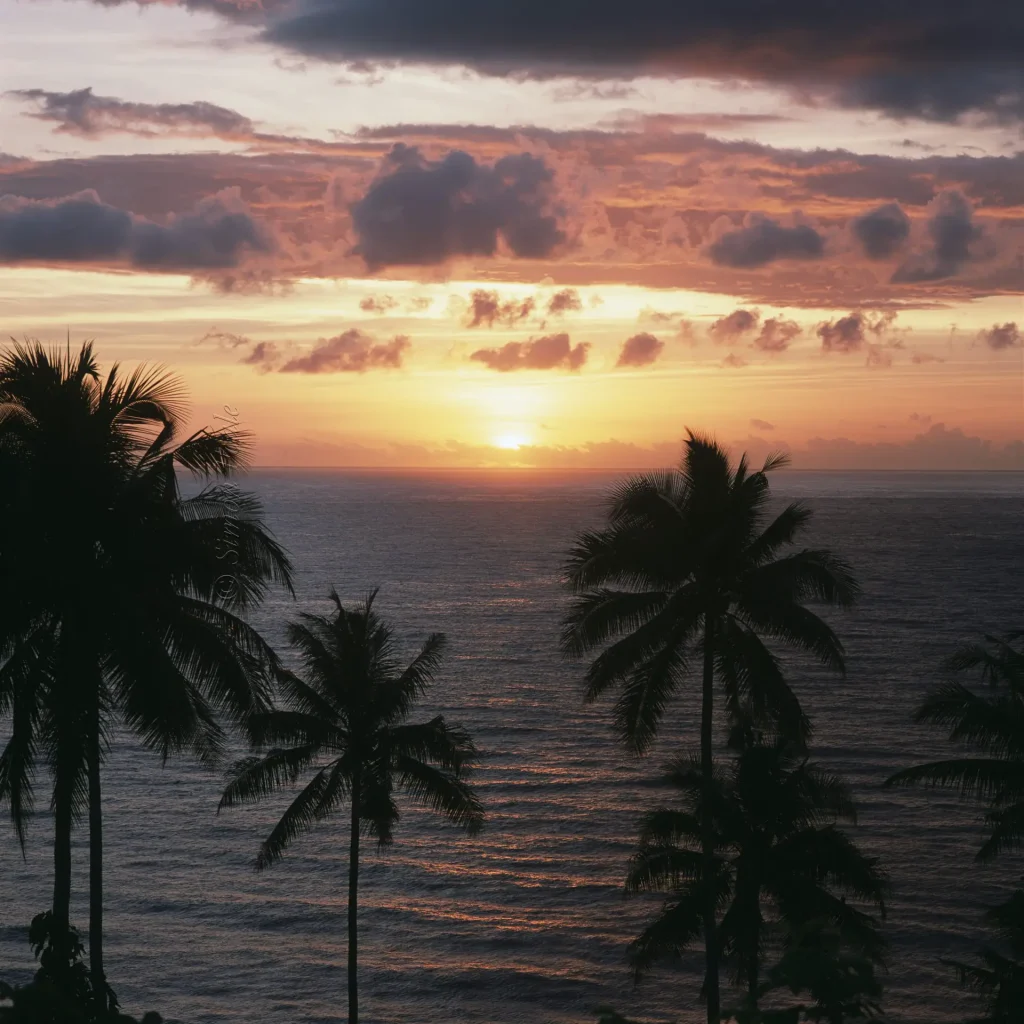
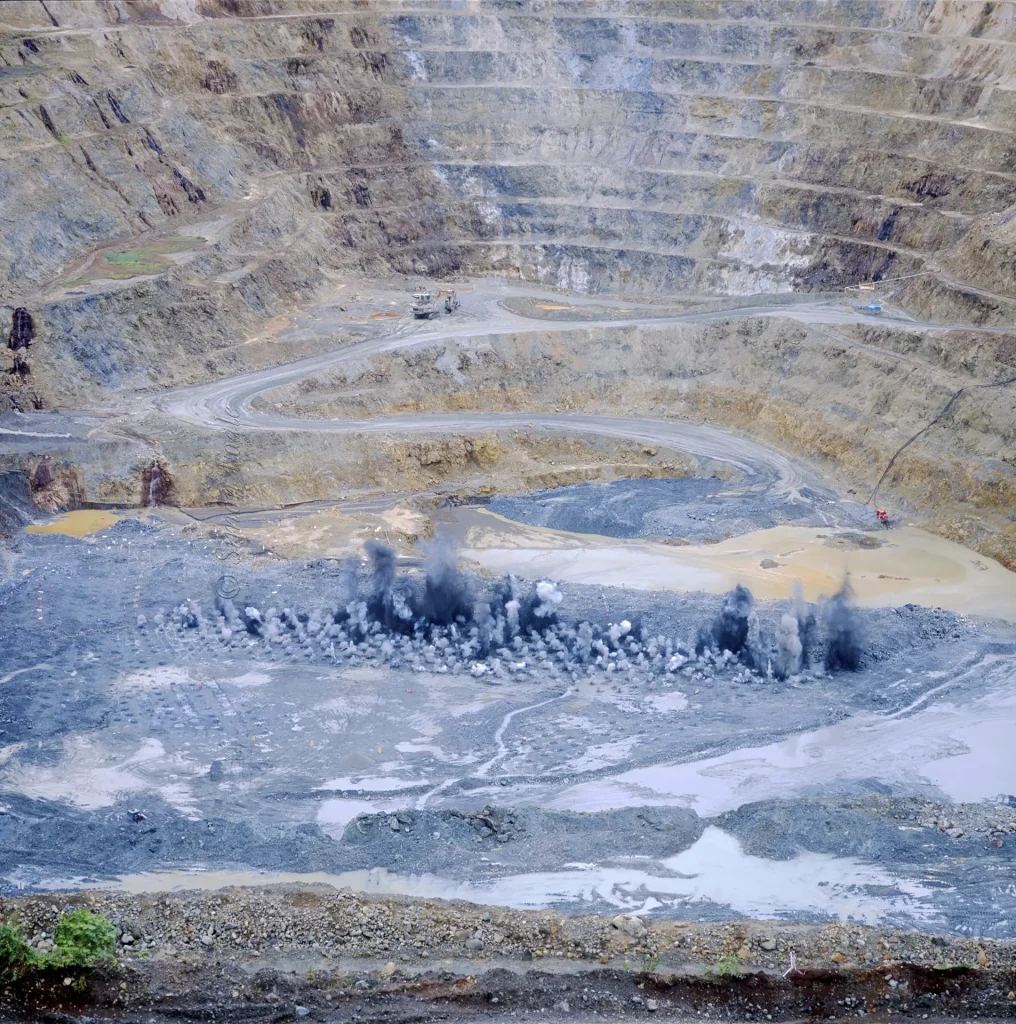
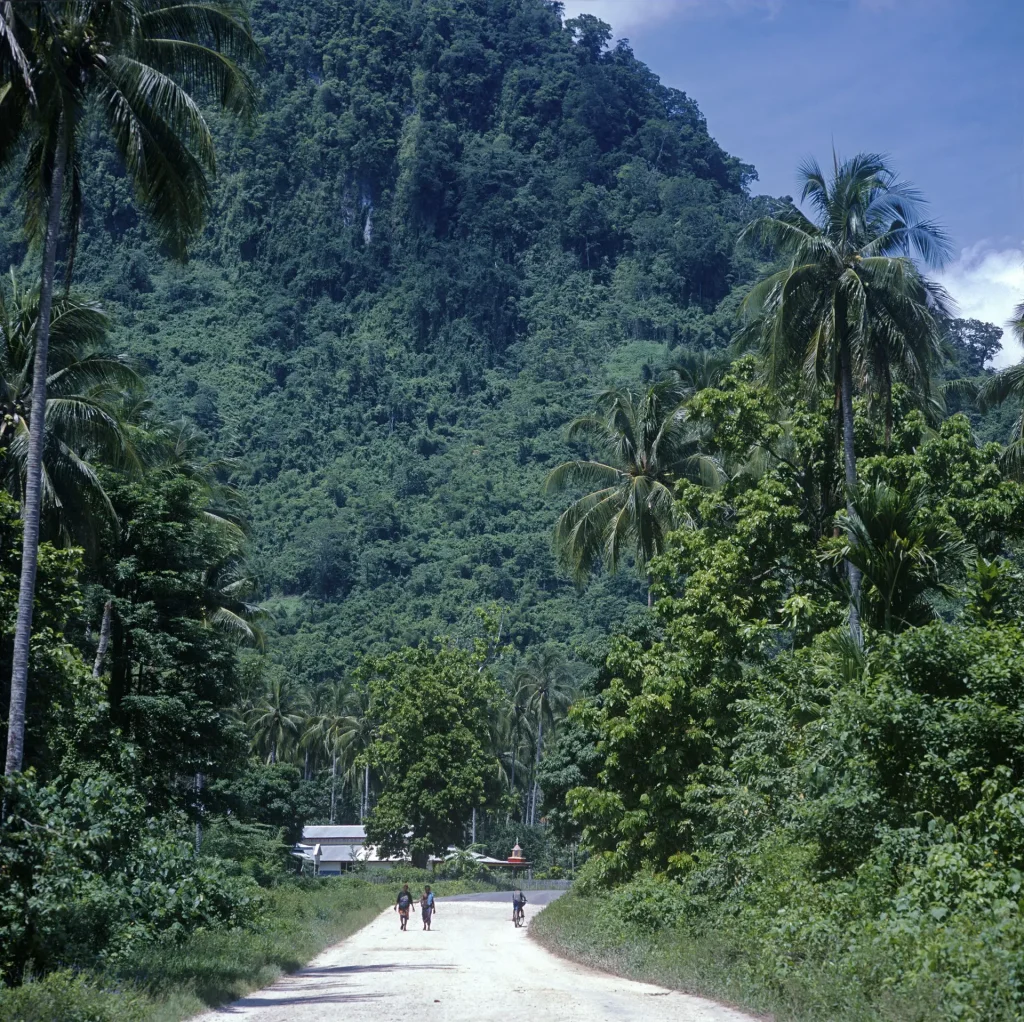
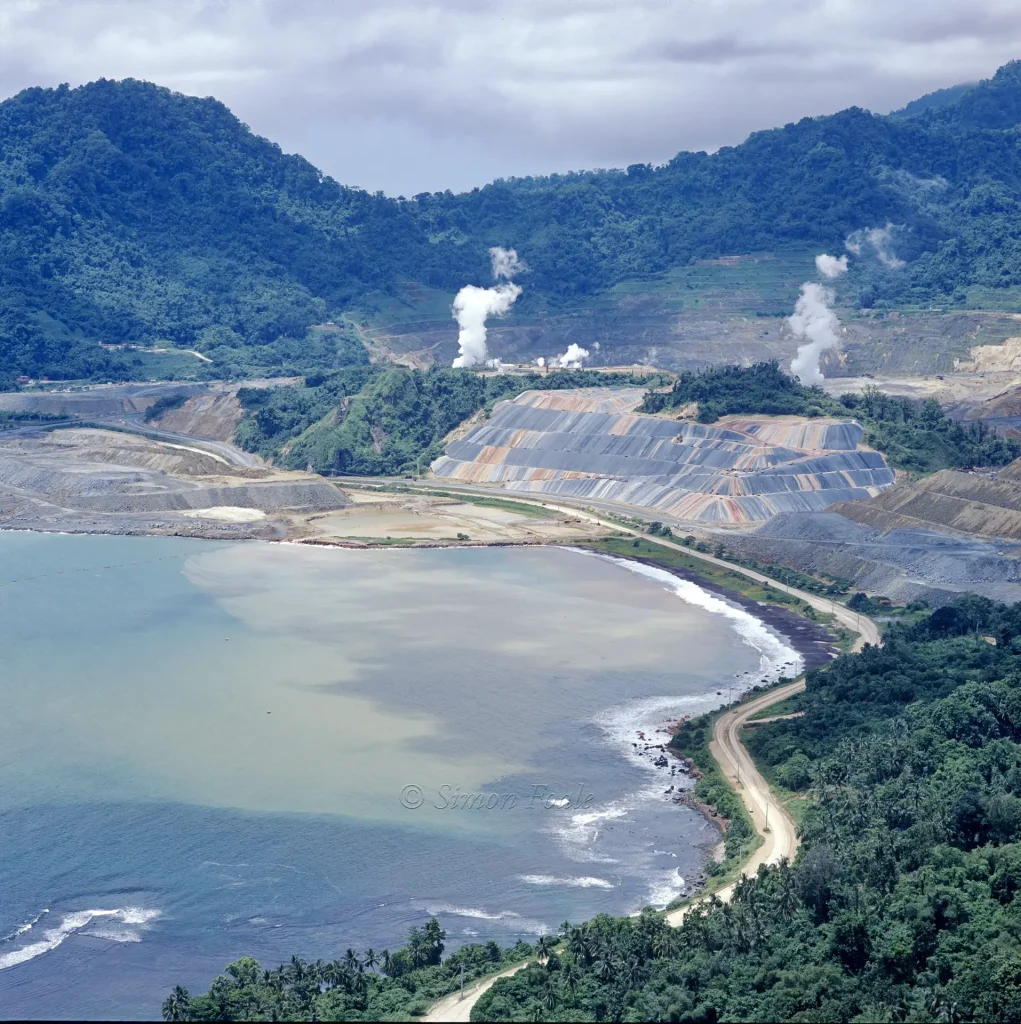
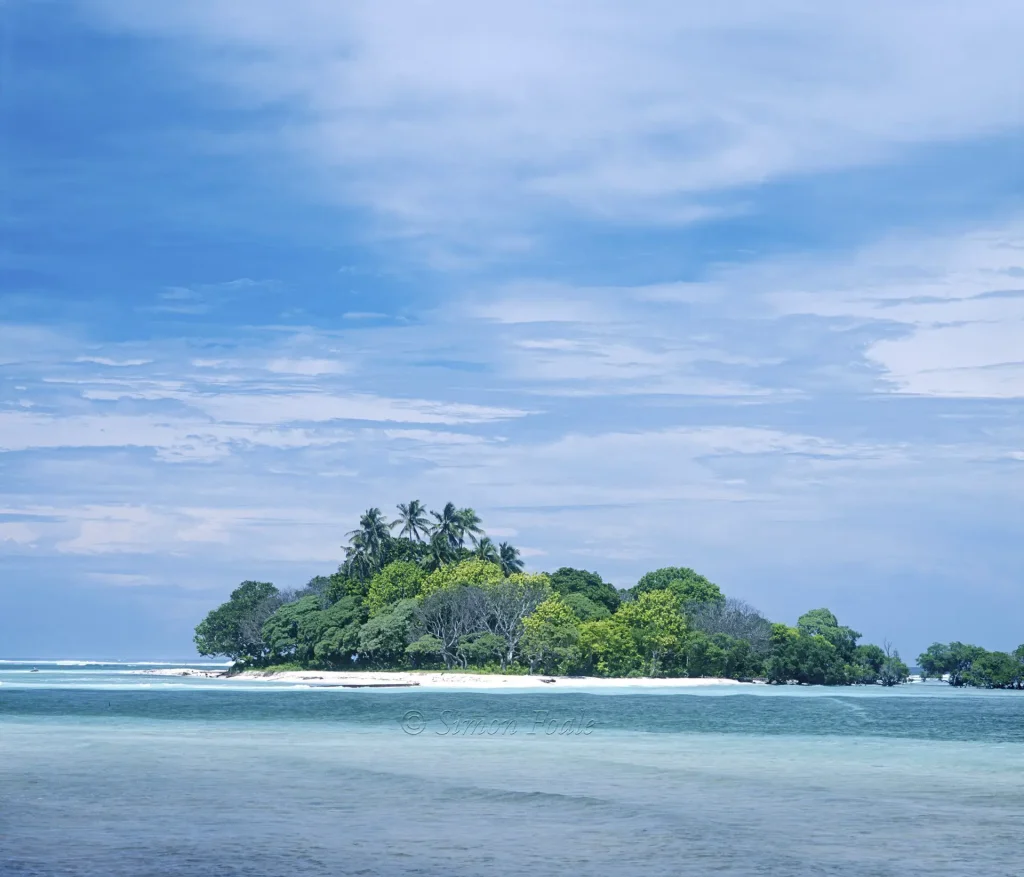
My Mamiya 6 camera and lenses are still in perfect condition, I have no plans for letting any of this kit go, and hope to share more recent images made with this camera soon.
Share this post:
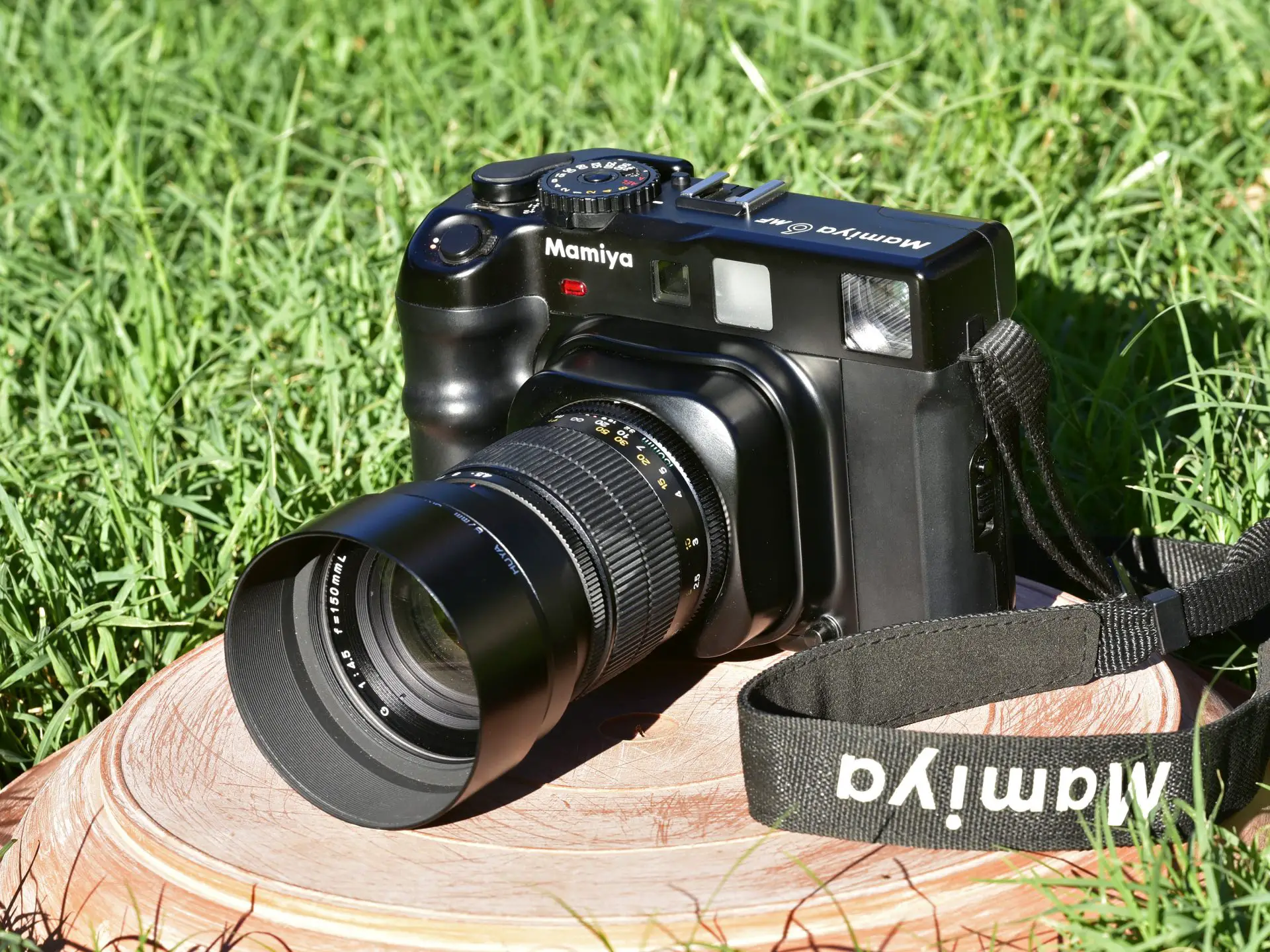
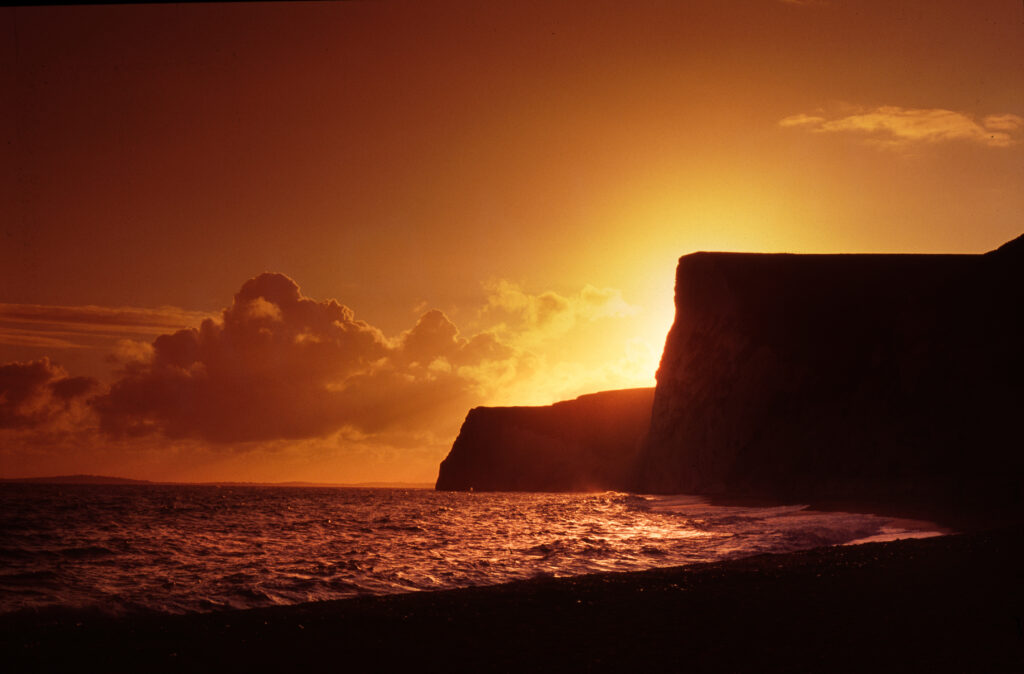
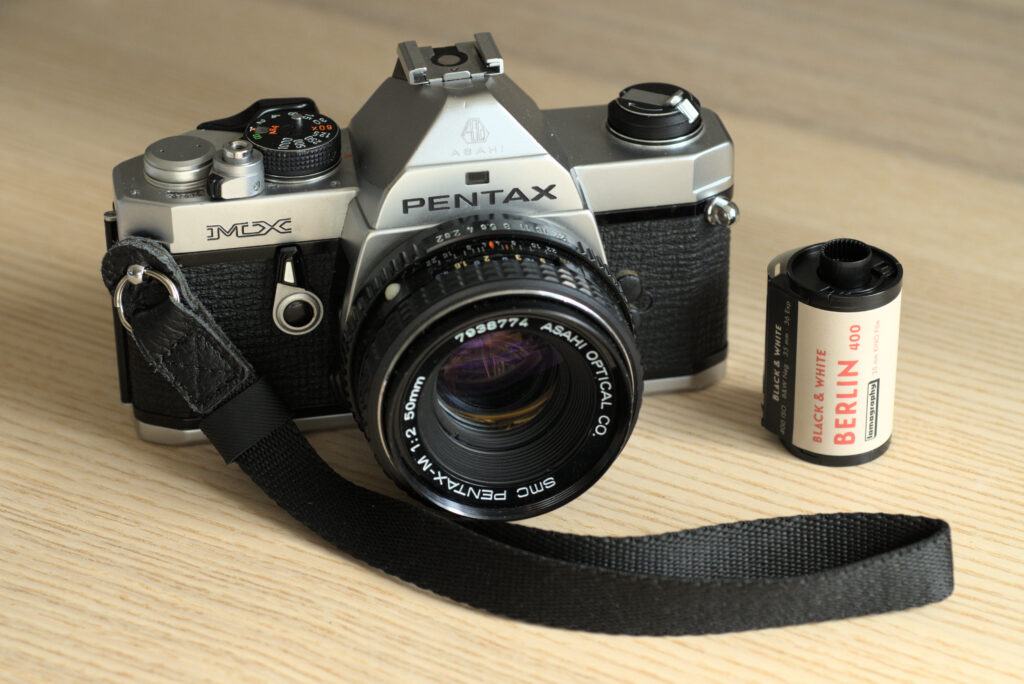
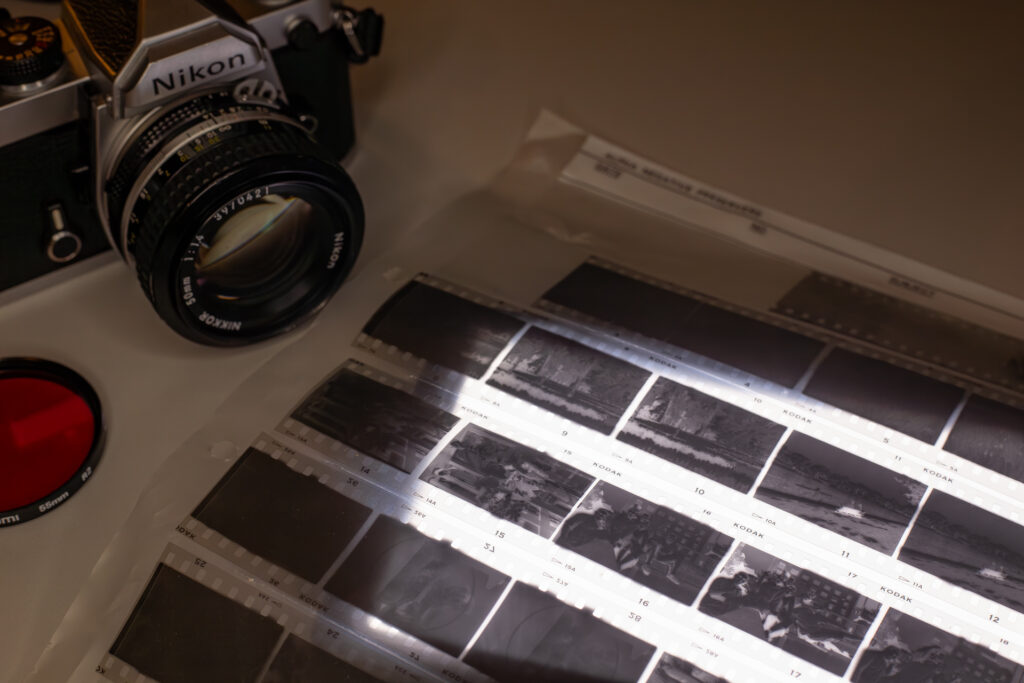
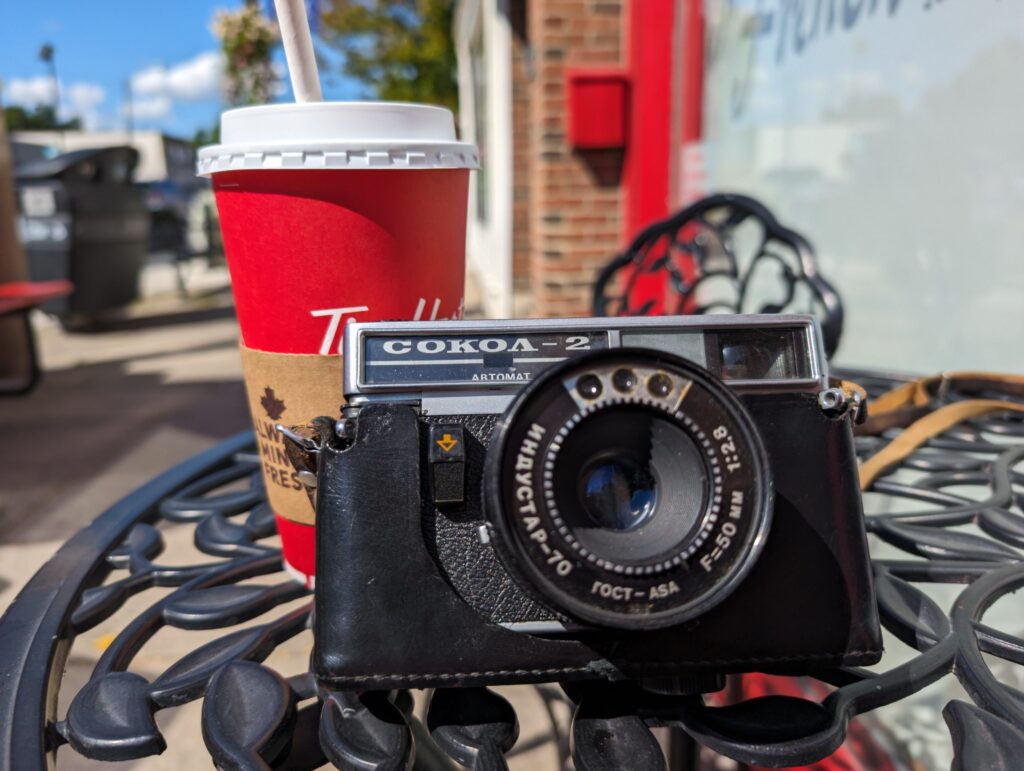
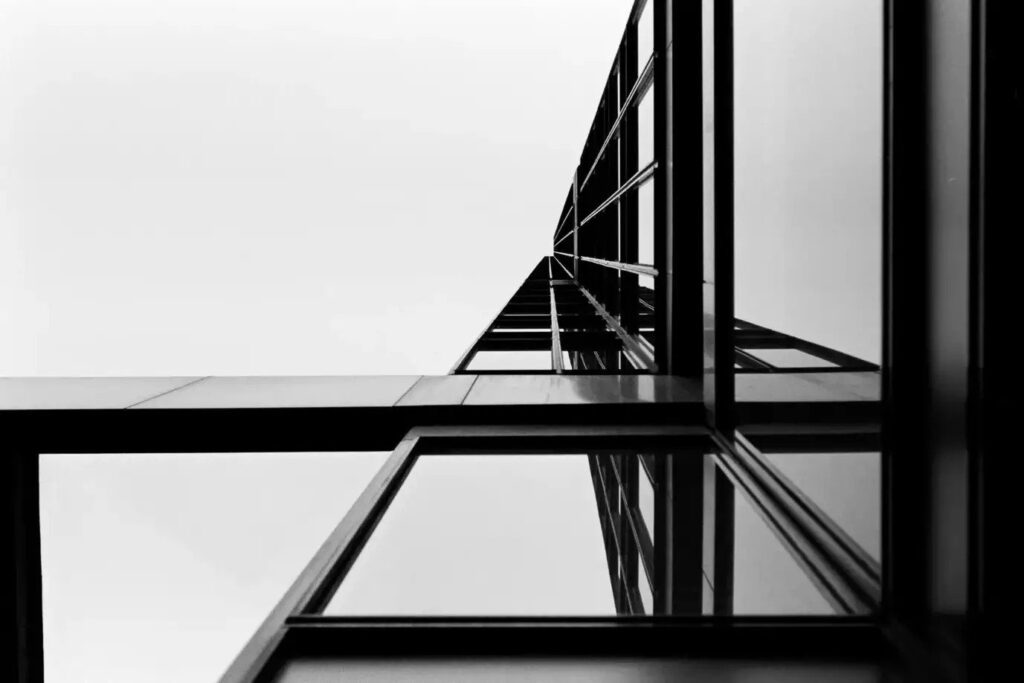
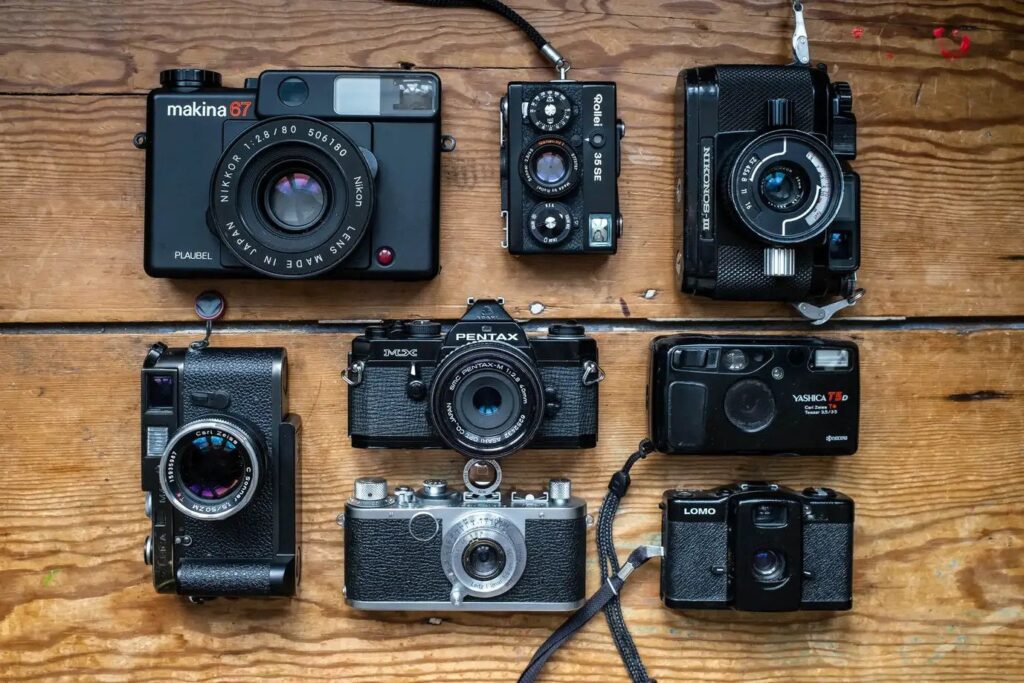
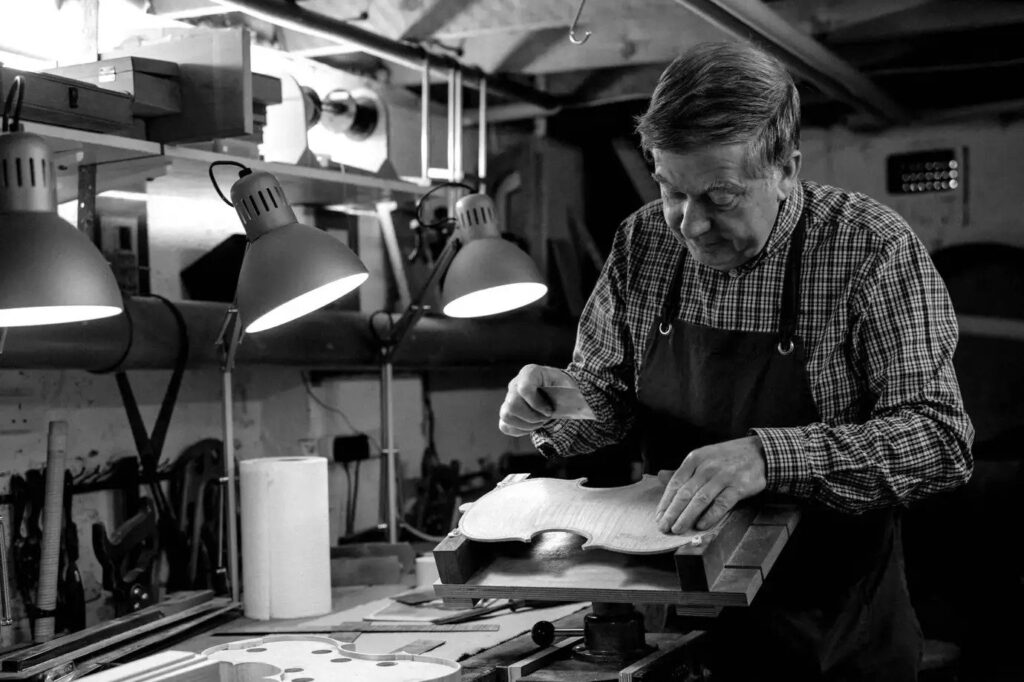
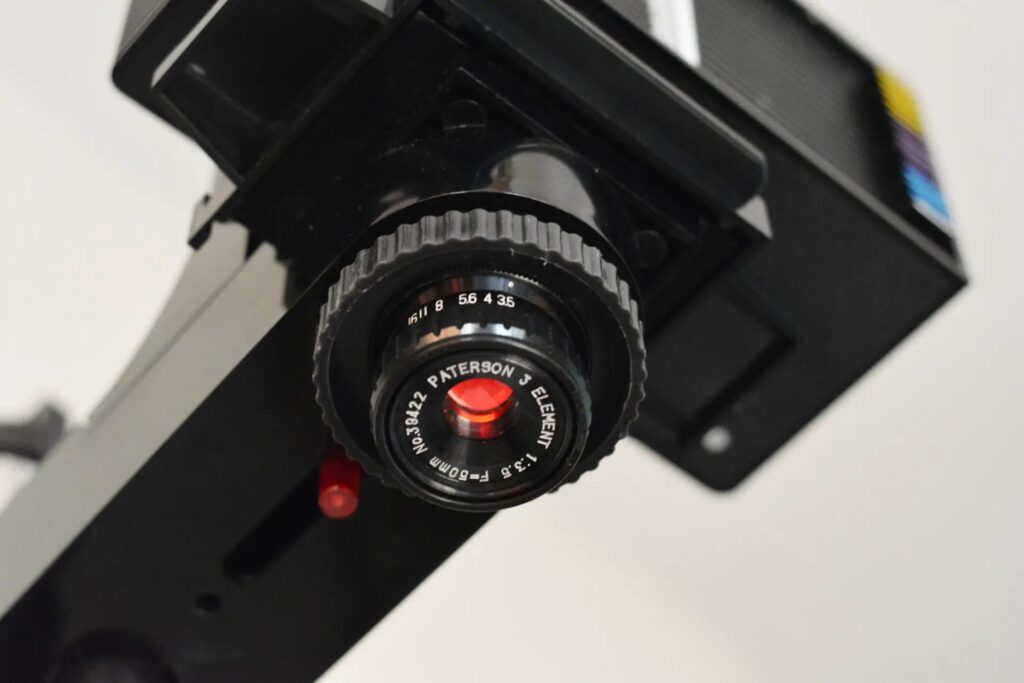
Comments
Julian on 5 Frames with the Mamiya 6, 150mm F4.5 lens, and Fuji Provia – by Simon Foale
Comment posted: 19/08/2020
Comment posted: 19/08/2020
Mike Hinkleman on 5 Frames with the Mamiya 6, 150mm F4.5 lens, and Fuji Provia – by Simon Foale
Comment posted: 19/08/2020
The 6's are pricey and the lenses like a 50mm not for sale often . The 150 price is low but the Zeiss Hasselblad 150 is ridiculously low. I bought a very decent one for $70 a month ago..
Mike Hinkleman
Comment posted: 19/08/2020
William Woon on 5 Frames with the Mamiya 6, 150mm F4.5 lens, and Fuji Provia – by Simon Foale
Comment posted: 20/08/2020
Thank you very much for your article. I'm one of those people who did not give enough credit to the 150mm lens as I'm more a 50mm (35mm equiv) lens person. But I'm now encouraged to give the 150mm some love and adopt a different perspective. Thanks mate!
Cheers
Will
Comment posted: 20/08/2020
Noel R on 5 Frames with the Mamiya 6, 150mm F4.5 lens, and Fuji Provia – by Simon Foale
Comment posted: 20/08/2020
Comment posted: 20/08/2020
Adrian Cullen on 5 Frames with the Mamiya 6, 150mm F4.5 lens, and Fuji Provia – by Simon Foale
Comment posted: 20/08/2020
Comment posted: 20/08/2020
Cory B on 5 Frames with the Mamiya 6, 150mm F4.5 lens, and Fuji Provia – by Simon Foale
Comment posted: 20/08/2020
Cheers!
Comment posted: 20/08/2020
Garlo on 5 Frames with the Mamiya 6, 150mm F4.5 lens, and Fuji Provia – by Simon Foale
Comment posted: 21/08/2020
Comment posted: 21/08/2020
JK Lockwood on 5 Frames with the Mamiya 6, 150mm F4.5 lens, and Fuji Provia – by Simon Foale
Comment posted: 24/08/2020
Comment posted: 24/08/2020